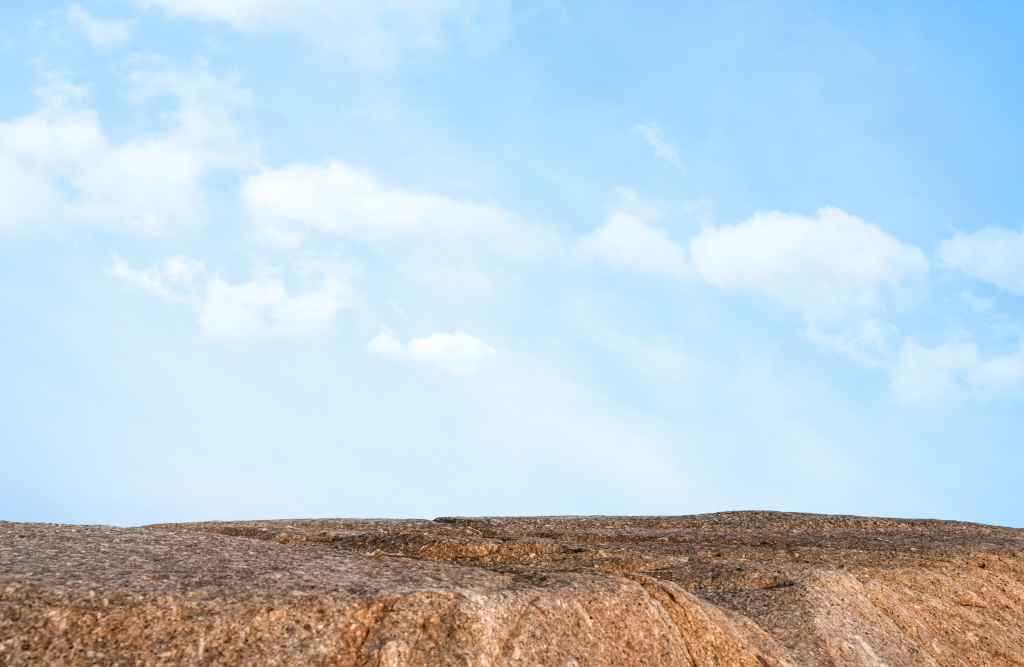Imagine standing on Earth a billion years ago. But don’t picture jagged peaks or towering ranges stretching into the clouds. Picture something else entirely: a vast, almost featureless landscape. Flat. Silent. Stable. For nearly a billion years, Earth was a world without mountains. Sounds unbelievable, right?
Welcome to the “Boring Billion”
Between roughly 1.8 and 0.8 billion years ago, Earth experienced a period of remarkable geological stillness. Scientists call it the “Boring Billion,” not because nothing happened at all—but because, compared to the rest of Earth’s dramatic history, it was… kind of dull.
Here’s the kicker: during this time, no significant mountains formed. None. The tectonic activity that usually crumples the crust into peaks and ranges has all but stalled. The continents were flat as pancakes, and old mountains—those formed in earlier eras—gradually eroded down into gentle hills and plains.
What actually causes mountains to form?
Mountains aren’t just beautiful, they’re the result of violent geological processes. Usually, when two tectonic plates collide, the crust is forced upward. Over millions of years, that pressure creates towering peaks—just like the Himalayas today.
But during the Boring Billion, this tectonic engine all but shut off. Why? Scientists believe that:
- Plate movements slowed dramatically, likely due to changes in Earth’s internal heat flow.
- The continental crust was thinner and couldn’t build up into large ranges.
- Climate conditions possibly stabilized weathering and erosion, helping flatten the land further.
The result was a remarkably flat landscape—ideal for erosion but not for building up new heights.
Why this geological nap matters
Okay, sure—it’s interesting that Earth was once a flat world. But why should we care?
Because this quiet period may have shaped the planet in ways we’re only starting to understand.
For one, it may have delayed biological evolution. With little mountain building, nutrient-rich rock surfaces weren’t being freshly exposed to the atmosphere or ocean. That meant fewer vital elements—like phosphorus and iron—were filtering into marine environments. And that may have slowed the development of complex life.
A surprising discovery from ancient rocks
Geologists studying sediment layers from this time found something fascinating. The rocks were shockingly uniform—suggesting a stable, erosion-dominated world with minimal geological disturbance. One study from 2021 analyzed zircon crystals, tiny time capsules in Earth’s crust, and revealed remarkably consistent ages across continents, pointing to a lull in plate collisions.
But then—everything changed
Around 800 million years ago, things kicked back into gear. Plate tectonics revved up. New supercontinents began colliding. Mountains like the Grenville range began to emerge. And all that uplift sent a rush of minerals into the oceans—just in time to spark a major evolutionary boom.
In fact, some researchers link this mountain-building resurgence with the eventual rise of multicellular life.
The truth beneath your feet
So, was there a time when Earth had no mountains? Absolutely—and that seemingly boring billion years might have been one of the most quietly profound chapters in our planet’s story.
The next time you’re hiking a mountain trail, remember: those rocks weren’t always towering giants. They, like us, had to wait for their moment to rise.




Leave a Comment